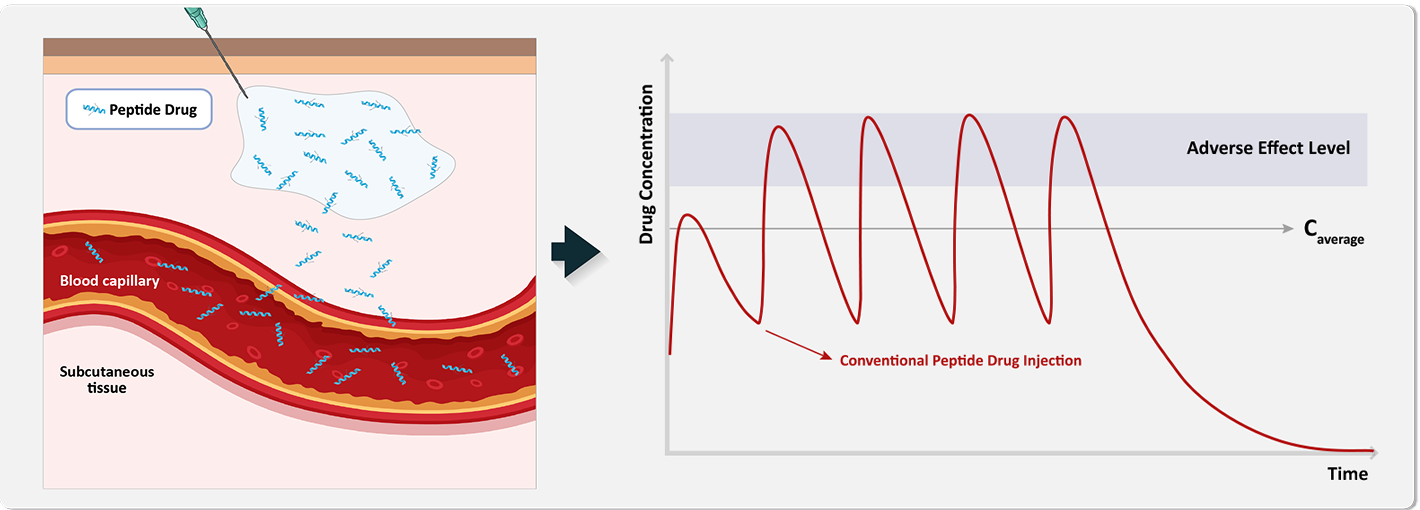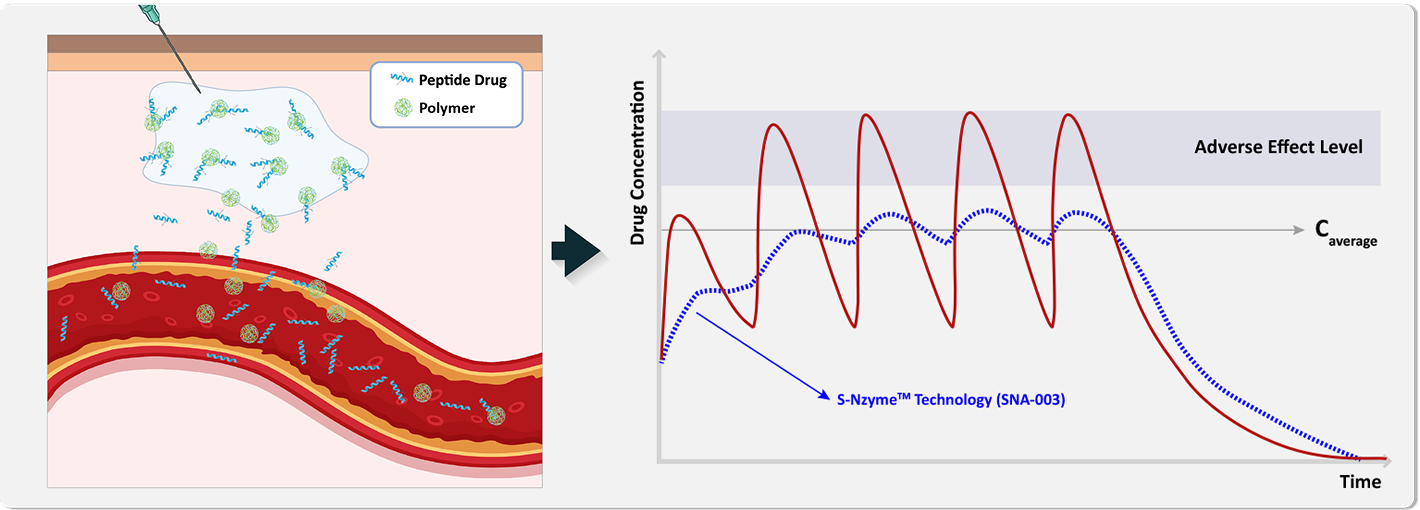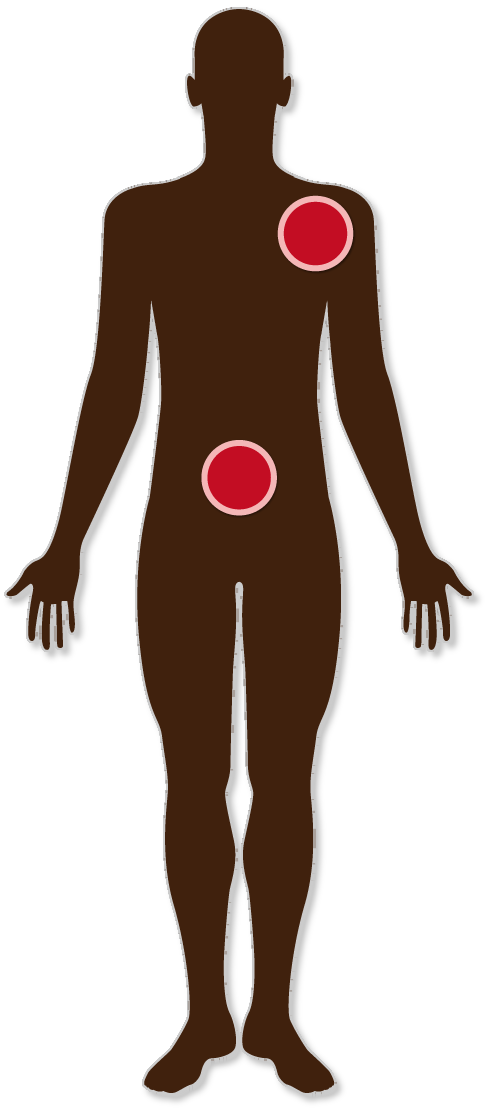
-
Considering Indication & Exposure of drug
(Locally or systemic delivery)· Local delivery
· Systemic delivery
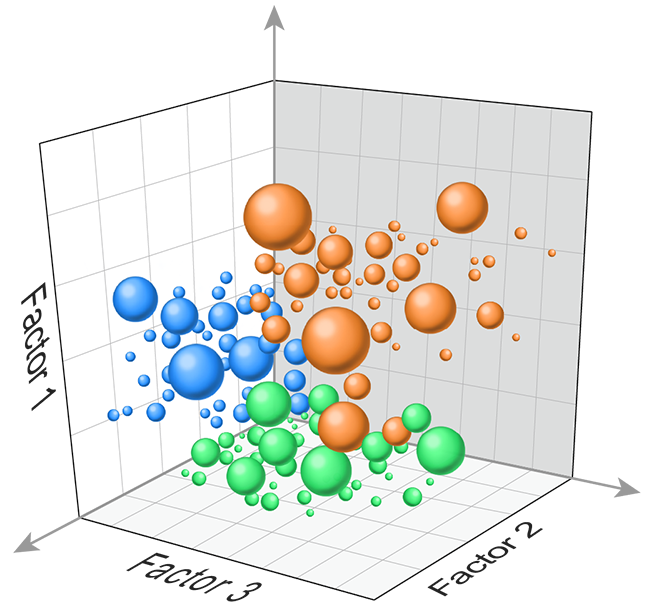
-
3 Dimentional understanding of drug properites (Physicochemical and biological)
· Solubility, pKa, LogP,,, etc
· Protein binding
· Membrane desposition
· RBC desposition, etc

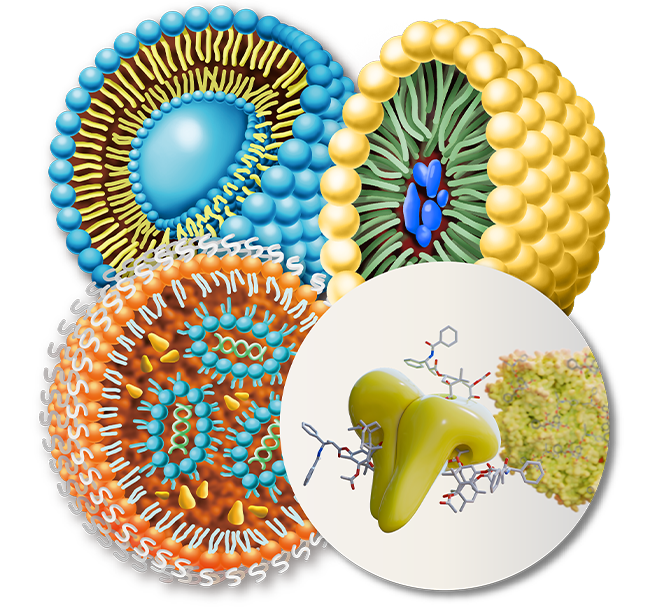
-
Drug delivery system Development
· Liposome
· LNP
· Micelle
· Albumin particle



